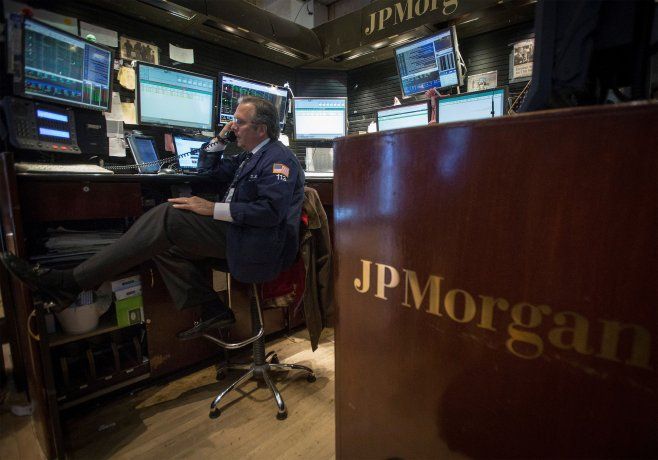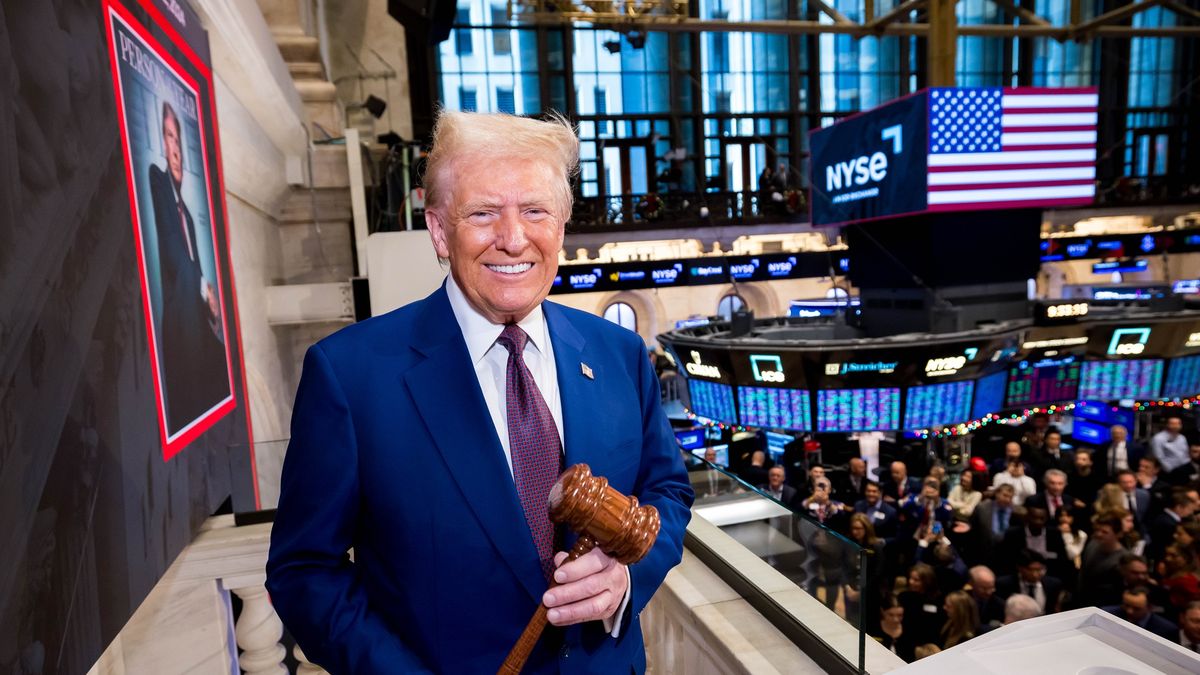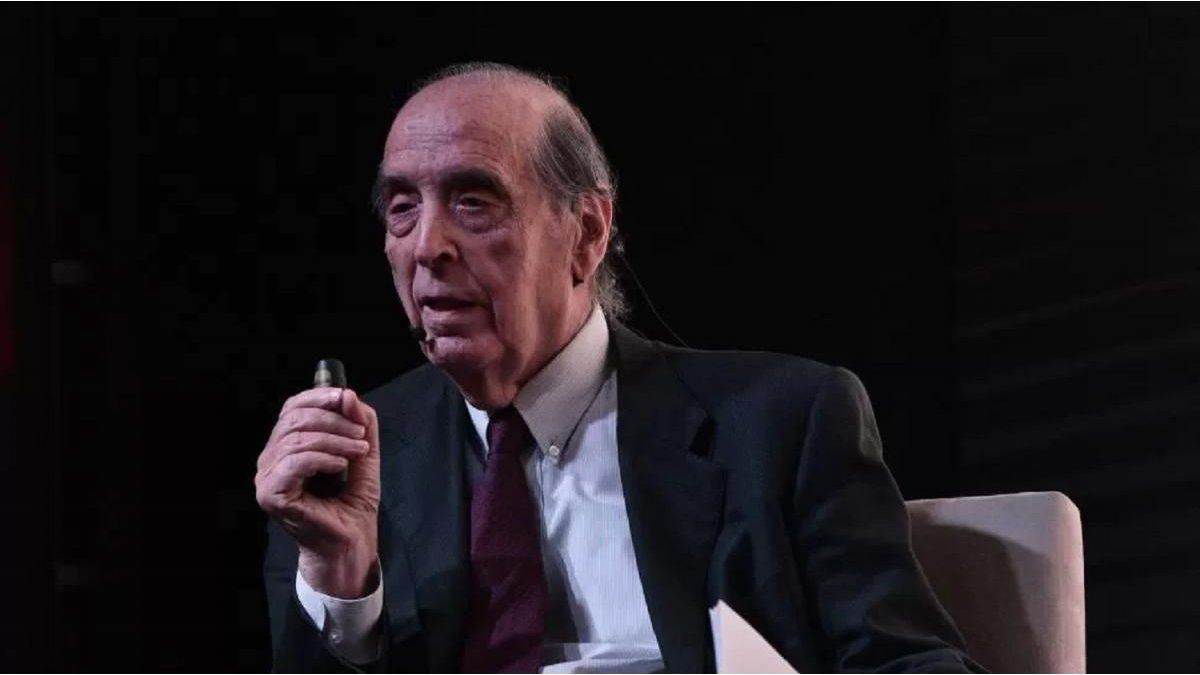The downward review of the projections for the S&P 500 by the main Wall Street firms reflects a change in tone marked before the increase in the risks derived from the US trade policy.
In a sign of growing caution about the evolution of the US shareholding market, several of the main firms of Wall Street have reviewed their projections for the S&P 500 index in the remainder of 2025. Warnings on a possible stagflation, the economic impact of new tariff policies and a more uncertain global panorama are behind the turn in the feeling of analysts.
The content you want to access is exclusive to subscribers.
The last to join this trend was Jefferieswhich cut its estimate for the S&P 500 from 6,000 to 5,300 pointswarning that, although a formal recession is not expected, the deceleration of growth will have a direct impact on corporate profits. The entity also warned about the increased risk of stagflation – a combination of low growth and high inflation – after the reintroduction of tariffs by the Trump administration.


According to Jefferies’ strategists, led by DEV Peramunetilleke, periods of stagging characteristics since 2001 have been marked by mediocre returns in the markets. As part of their adjustment, they reduced the multiple price/profits expected at 19 times, in line with the average of the last ten years, and applied that metric over a projection of earnings per share by 2026 of USD 280.
JP Morgan It remains even more conservative, with a goal of 5,200 pointsthe lowest among the great firms. Goldman Sachson the other hand, he recently reduced his forecast from 6,500 to 6,200 pointsciting political uncertainty and risks for economic growth, while so much Bank of America as Evercore adjusted their estimate to 5,600 points. Meanwhile, Oppenheimer cut its goal to 5,950 pointswhich represents a reduction greater than 16% compared to its previous projection.
The Wall Street cut
At the other end of the spectrum, Deutsche Bank It retains a decidedly more optimistic vision, and maintains its estimate in 7,000 pointsthe highest among large investment banks.
In this new scenario, Jefferies recommended to adopt a more defensive position in the portfolio, subpondering cyclic actions and focusing on sectors that have historically demonstrated greater resilience during stagflation cycles. He also highlighted opportunities in punished actions – which he called “fallen angels” – that present attractive value, solid profitability and stable cash flows, with positive or neutral reviews in the profits projections.
Markets-Wall-Street-Actions-Bolsas-Inversiones-Finanzas-Morgan

Reuters
The generalized review of expectations occurs in a context in which S&P 500despite having rebounded more than 11% since its minimum of April, it still shows a accumulated 8% drop so far this year. The adjustment of the projections seems to reflect a deeper reevaluation of the macroeconomic risks that could condition the performance of the markets in the second half of the year.
-
Jefferies: cut your estimate of S&P 500 to 5,300 points (From 6,000), warning of the risk of stagflation.
-
JP Morgan: Lower its projection to 5,200 pointsthe most conservative among the great firms.
-
Goldman Sachs: reduces its forecast from 6,500 to 6,200 pointsdue to political uncertainty and less expected growth.
-
Bank of America: adjust your objective to 5,600 pointsin line with a moderate cooling scenario.
-
Evercore: also cuts its projection to 5,600 pointsaligning with the defensive approach.
-
Oppenheimer: Subjeages your estimate to 5,950 pointsa 16% cut compared to its previous forecast.
-
Deutsche Bank: It remains the most optimistic bank, with a goal of 7,000 points By the end of the year.
Source: Ambito
I am a 24-year-old writer and journalist who has been working in the news industry for the past two years. I write primarily about market news, so if you’re looking for insights into what’s going on in the stock market or economic indicators, you’ve come to the right place. I also dabble in writing articles on lifestyle trends and pop culture news.




